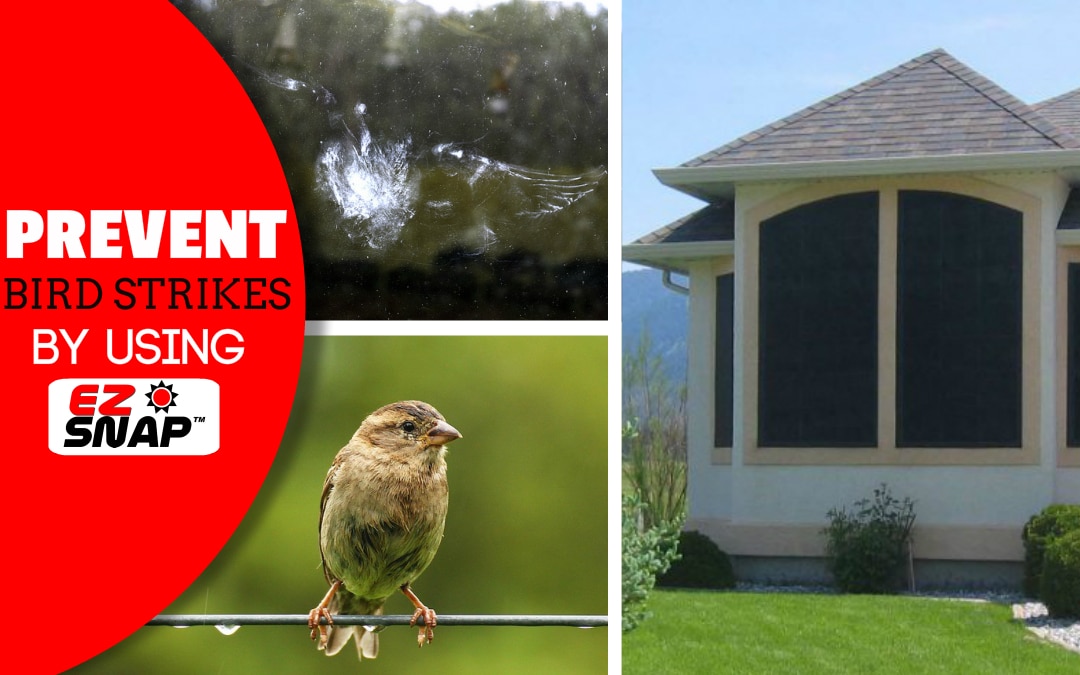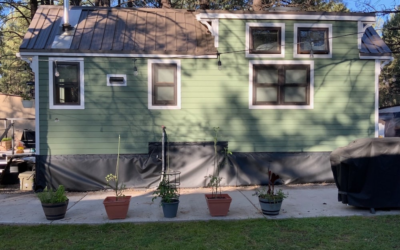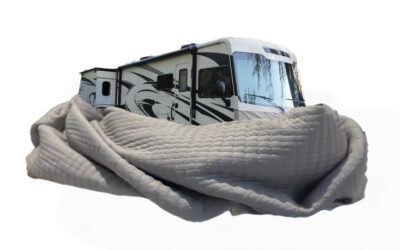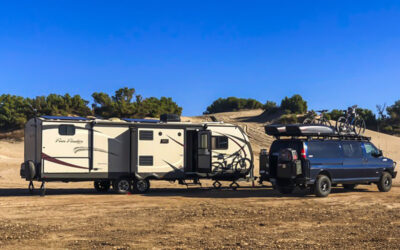It’s estimated that every home in America kills about 2 birds every year due to window collisions.
Currently, up to one billion birds die from hitting windows in just the US alone.
It’s a massive problem across the country.
If you’ve ever experienced a bird window collision you know it’s heartbreaking, and such widespread bird loss impacts our environment.
Birds are one of the most important players in our ecosystem. They help keep the pest population under control, they act as nature’s clean-up crew, they disperse seeds and much more.
Reducing the amount of birds hitting windows would not only mean protecting birds from harm, but also conserving our environment.
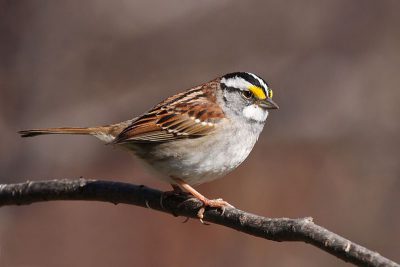
The White-throated Sparrow is one of the most commonly reported victims of window collisions. Photo by Cephas.
The reason birds fly into windows is because they don’t recognize glass as a solid surface. Birds will hit windows at full speed either because they can’t see the glass, or they believe the reflections they see in them are real and will fly towards them.
Unfortunately, most of the time window strikes happen without anyone realizing it. Either no one is in the room, or it’s too quiet of a sound for anyone to realize what happened. If the bird isn’t killed outright from the collision, they typically suffer broken wings or legs, making them easy prey for predators or scavengers.
For the person with a window that has had bird strikes, there are a lot of bird crash prevention products available.
One of the most popular is reflective tape. It’s designed to be a visual and auditory deterrent, with light reflecting off of it and the tape making a noise by twisting in the wind.
However, anything designed to scare birds usually is only effective for a limited amount of time. Birds become accustomed to these deterrents once they realize that they are not a threat.
The other most common types of bird deterrents are decals and tapes.
There are a lot of varieties of these on the market, but they all work in the same basic way. They stick onto windows and as long as they are spaced correctly, birds will be no longer perceive the glass as a clear passage.
These options are usually inexpensive and can be applied fairly quickly.
However, window decals and bird silhouettes only reduce the chance of a collision, and all will obstruct your view.
There is another easy and inexpensive solution, and this one won’t block your view.
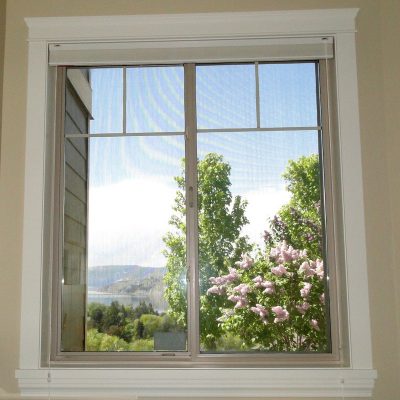
View looking through EZ Snap Shade Screen.
EZ Snap Window Shades are ideal for preventing bird window strikes. EZ Snap Window Shades are a sun blocking screen that once installed, eliminate the reflectively of the glass completely.
Birds perceive the EZ Snap Shade as a solid object and won’t fly into it.
Also, because EZ Snap uses an optical grade mesh, you will still be able to see out of it and keep your view.
The kits are easy to install and can be hung in as little time as an afternoon.
We recently had a customer write to us to say that he was having a problem with bird strikes at his house and decided to try EZ Snap.
He said, “I wondered if installing the EZ Snap Screens on those windows might help prevent bird strikes on the glass. I can say now that it was an easy solution to a heart wrenching problem. We have not had any bird fatalities since I installed the screening this spring. The screens still allow plenty of daylight into the building and, of course, it allows unobstructed views to the outdoors. Easy to install and it performs as advertised.” Follow this link to read the full review from L. Stephenson.
Learn more about EZ Snap products here.
What to do if you have a bird strike your window and you find it stunned or injured:
- Watch the bird carefully before getting close. It may be able to recover quickly and fly off right away.If the bird is conscious and sitting in a safe area, it may not need to be moved while it recovers.
- If the bird is unconscious, gently pick it up and examine it for injuries.
- If the bird is severely hurt, it will need immediate attention from a bird rescue organization.
- If the bird is just stunned, gently place it in a cardboard box with sufficient air holes.
- Once the bird is safe in the box, take it to somewhere warm and quiet.
- Check on the bird regularly, but never open the box when you do. If the bird has recovered you don’t want it flying out indoors where it might get hurt again.
- If it sounds like the bird is active, take the box outside and open it there.
- Step away and see if the bird flies away.
- If it doesn’t, close the box and bring it back inside.
- If it’s been two hours and the bird still has not recovered, take it to the closest wild animal rehabilitation centre where it can get the proper care that it needs.
